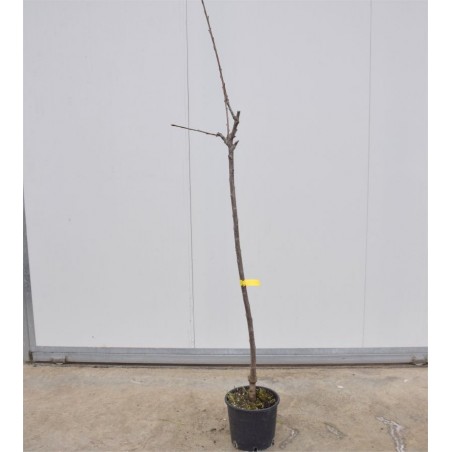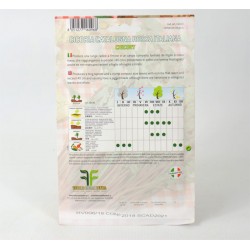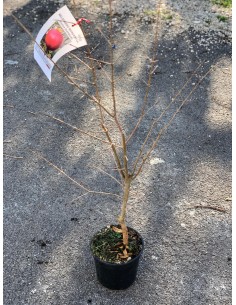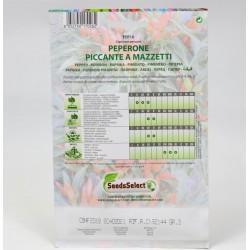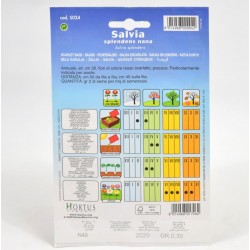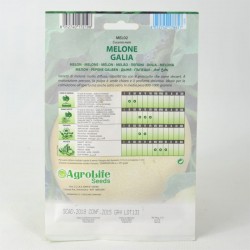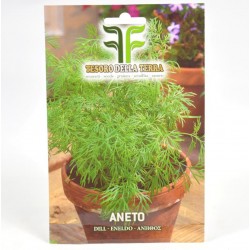Railroad Cherry Tree
General Railroad Cherry Tree:
The Cherry Railway is a cherry cultivar widely cultivated in Italy. It has the characteristic of being "large", ending in a point and having a long peduncle. The first tree was born from a kernel of cherries near a railway exit of the Ferrovie Sud-Est about 900 meters from the outskirts of Sammichele di Bari. The inhabitants of this country called it "Ferrovì" because the tree was born a few meters from the tracks. Its flavor is intense enough to make it a favorite for food distribution.
- jar 16cm, height 120/160cm
- jar 22cm, height 150/170cm
Railroad Cherry Tree Sale, available in the following formats:
- jar 16cm, height 120/160cm
- jar 22cm, height 150/170cm
General Railroad Cherry Tree:
The "Ferrovia" cherry of Turi has been awarded as the best cherry in Italy. It is the most widespread cherry variety in Puglia. The skin is vermilion red in color, the pulp is pink in color. It has a heart shape and an elongated peduncle. The consistency of the pulp is strong and crunchy and has a sweet and juicy flavor. The first news of the Cherry Railway occurred in 1935. Legend has it that the first tree was born from a kernel of cherries near a railway tollbooth of the Ferrovie Sud-Est. The sapling, born a few meters from the tracks, was called "Ferrovì". For a few years the tree was cared for by the Rocco Giorgio railway toll booth. Subsequently it spread over the south-east of Bari until it became the main cultivar of Turi, Casamassima and Conversano, neighboring countries that boast one of the largest productions in Italy.
Cultivation and Care of the Cherry Tree Railway:
The Cherry trees are easy to grow, they don't fear frosts, even intense ones. They should be planted in a sunny place, since the absence of direct sunlight often causes the lack of flowers; for some varieties it is convenient to plant some plants nearby, so that the cross-pollination of the flowers guarantees good fruiting. The adult cherry specimens do not need watering, while the young trees, recently planted, require sporadic watering, which provide at least a couple of buckets of water during the hot and dry summer days. They strongly fear water stagnation, therefore let's plant the cherry trees in fresh and very well drained soil, avoiding to water them excessively. Pruning is generally practiced only in the first years of development of the plant, in order to give the crown a wide and well-ventilated shape; the adult specimens are not pruned, except in the case of broken branches or ruined by the winter cold or bad weather. For some varieties, however, it is important to periodically remove the basal suckers, which tend to develop rapidly, at the expense of the main plant and fruits. The fertilizations are done in autumn and at the end of winter, supplying the mature manure, to spread at the foot of the stem, or the slow release granular fertilizer, rich in nitrogen.


